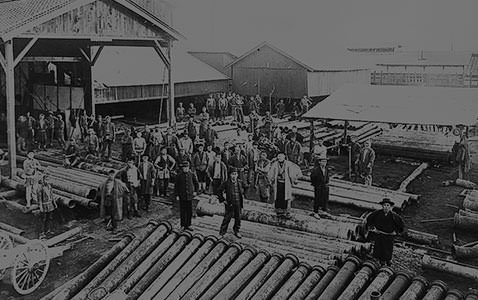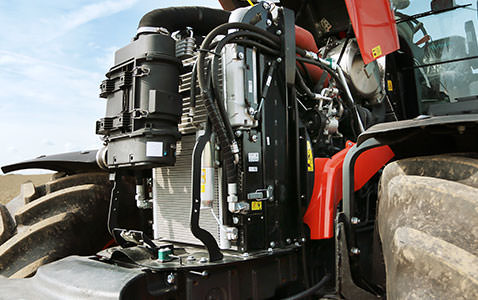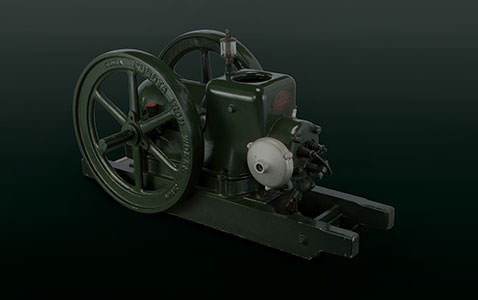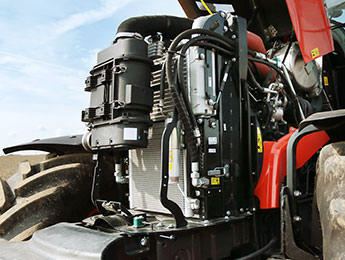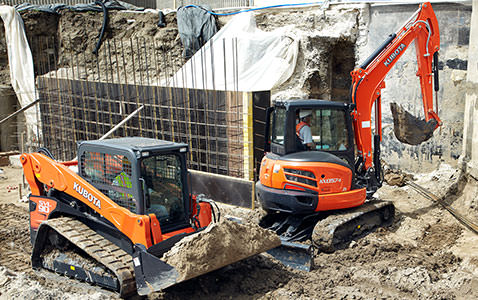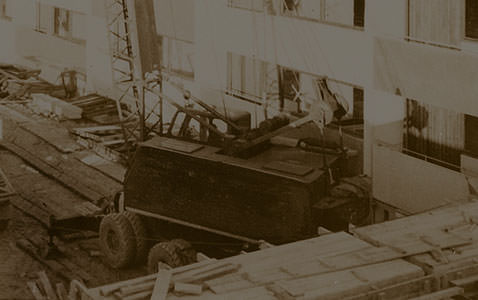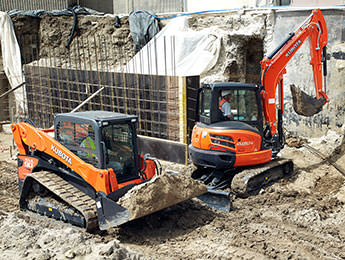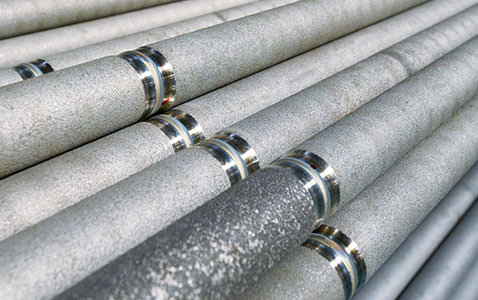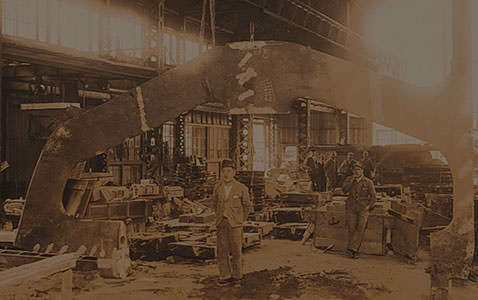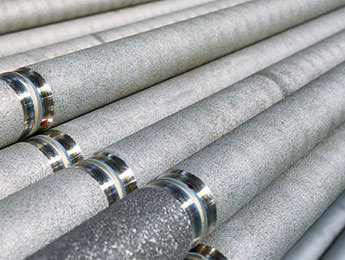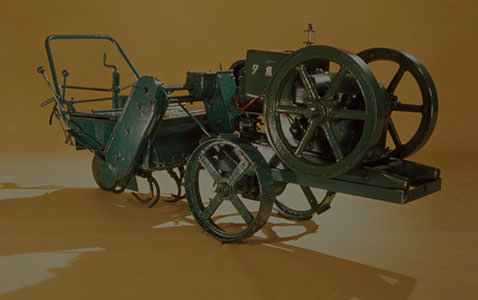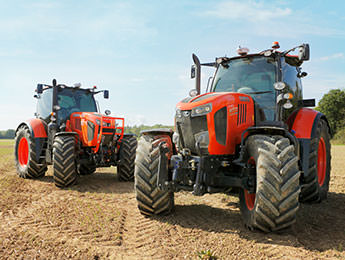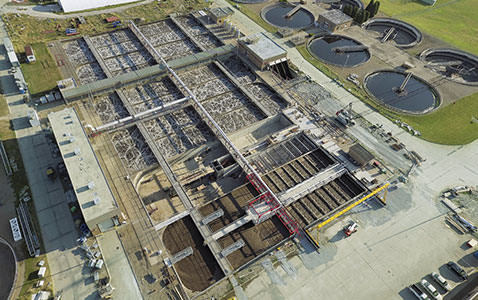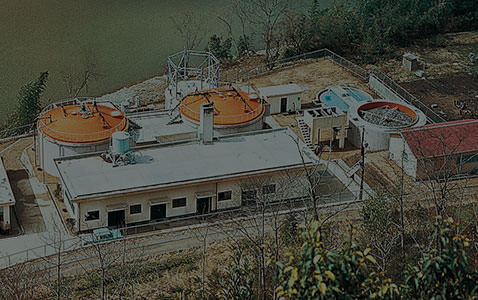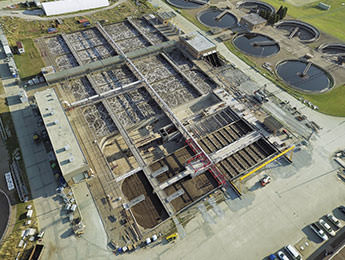Measuring Not Only Weight but Also Color and Taste. Kubota’s “Weighing and Measuring Instruments” Have Guided Japan’s History
Electronic Equipped Machinery
Accurately weighing the mass of raw materials is crucial in creating high-quality products. Kubota, which manufactured high-precision weights and balances with advanced casting technology at the time, entered the field of industrial scales based on the needs of the industry. Later, by incorporating electronic technology, Kubota acquired new technology such as automatic control. Not only did this make possible high-precision measurement but also enabled the “measurement” of color and taste. It could be said that the history of Kubota’s weighing & measuring control systems business is the Japan's history of weights and measurements.
Scroll Down
The Iron Heart that Moves Industries
Engines
Improving the Urban Infrastructure
Construction Machinery
1890-1920s
The Reform of the Weights and Measures Law and Modern Industry
In the late 19th century, Japan rapidly adopted Western culture and reformed various systems including the Japanese units of measurement in 1921, in which Japanese traditional system of weights and measures was converted to the metric system. With this, the standard for industrial products was established, and rationalization was promoted within industries.
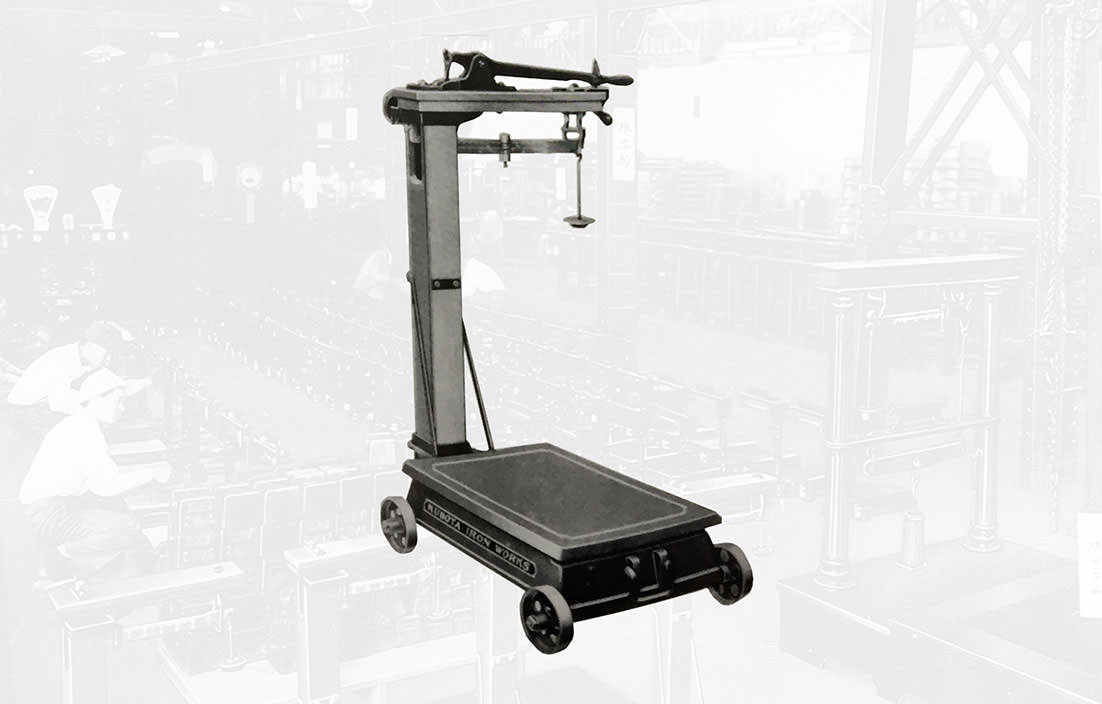
Cast Iron Scale Parts, Weight, Scale
Kubota’s Origin—The Beginning of Casting and Scales
In 1890, Kubota independently started up Ohde Casting. While building a good reputation for casting scales and weights, its business suddenly grew with the increased demand in platform scales.
1930s
With the Rationalization of the Manufacturing Process, the Importance of “Scales” Rose
In 1930s, ironwork, electricity, gas, and cement industries began to thrive. Companies introduced rational facilities, which took into consideration standardized as well as energy-efficient production processes. The number of offices with certified measurers increased, as awareness for “measurements” rose.
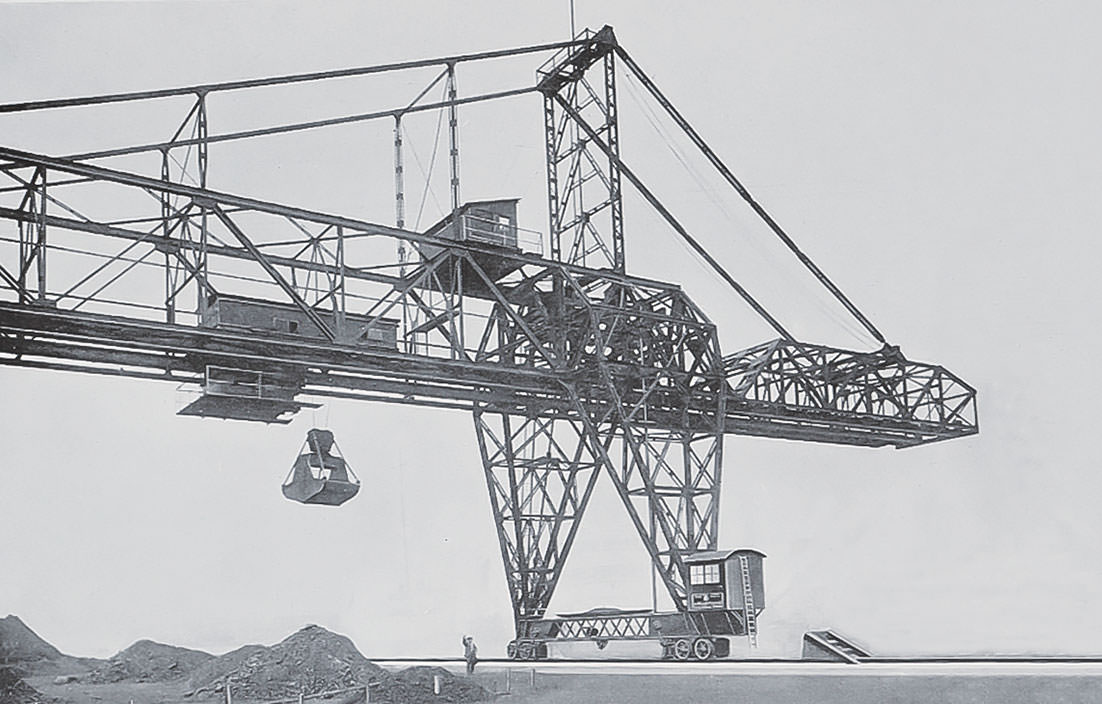
Industrial Scales
Full Scale Deployment of Industrial Scales
Foreseeing the future of the measuring business, Kubota continued its research on industrial scales. Gradually the importance of weights and measures was acknowledged among industries, and Kubota entered the field of industrial scales.
1950-1960s
The Eve of Rapid Economic Growth. The Birth of the FA Concept
After recovering from the war and as the economic white paper stated that Japan was “no longer in the postwar era” in 1956, Japan was on the eve of rapid economic growth. Labor shortage became apparent in the country, raising the demand for factory automation (FA), which automated facilities and reduced workload.
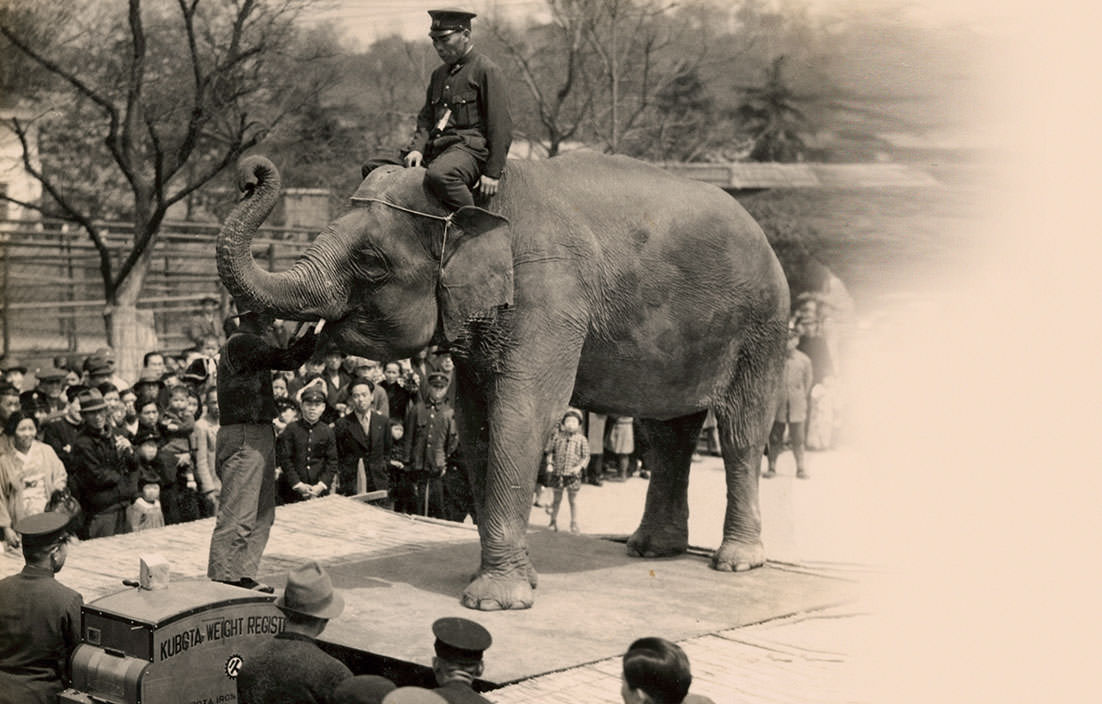
Electronic Scale, Automatic Bagging Machine, Automatic Vending Machine
Diversifying Industrial Scales. Introducing Electronic Scales and Automatic Vending Machines
Along with the development of industrial scales, Kubota promoted the digitization of scales. This accelerated the systematization of measuring instruments and led to the production of not only electronic scales but also products such as automatic bagging machines and vending machines, resulting in the expansion of Kubota’s business.
1960-1970s
The Era of Facility Digitalization Arrived
Due to the labor shortage caused by rapid economic growth, the need rose for automatic, labor-saving equipment in all industries. Meanwhile, electronic and measuring technologies rapidly developed, and digitization spread across the industrial world, requiring higher levels of performance, accuracy, and quality in weights and measures.
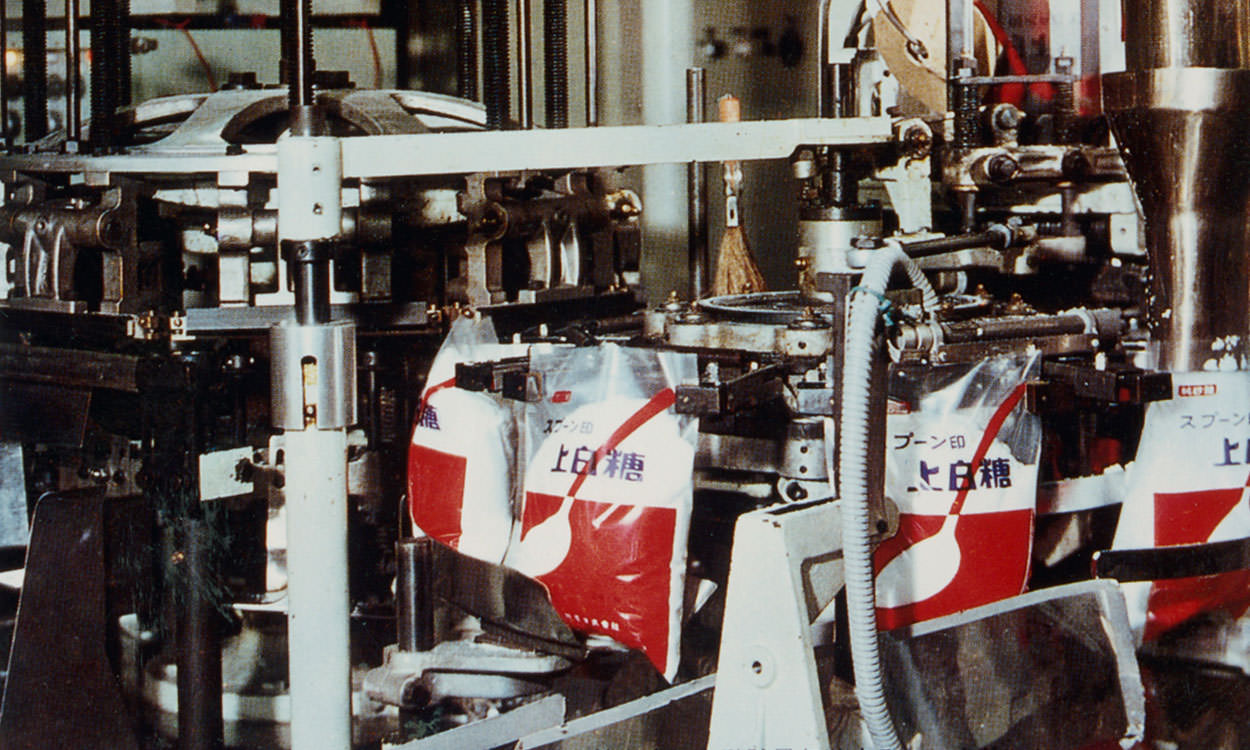
Industrial Scale, Household Scale, Digital Scale
From the Weighing Scale Business to Automatic Instruments Business
By this time, scales had become indispensable to industries. In 1969, Kubota renamed its division and worked on the diversification and digitization of scales.
1970-1980s
The Economy Transitioned into a Period of Stability and Maturity, as a Result of the Oil Crisis
The oil crisis, which hit Japan during its rapid economic growth, led the country into a period of economic stability and maturity. Investments into the manufacturing facilities of massive and heavy industries declined, and Japan’s economy completely changed. Due to the diminishing economy, industries searched for a new path forward. A breakthrough was made through digital technology.
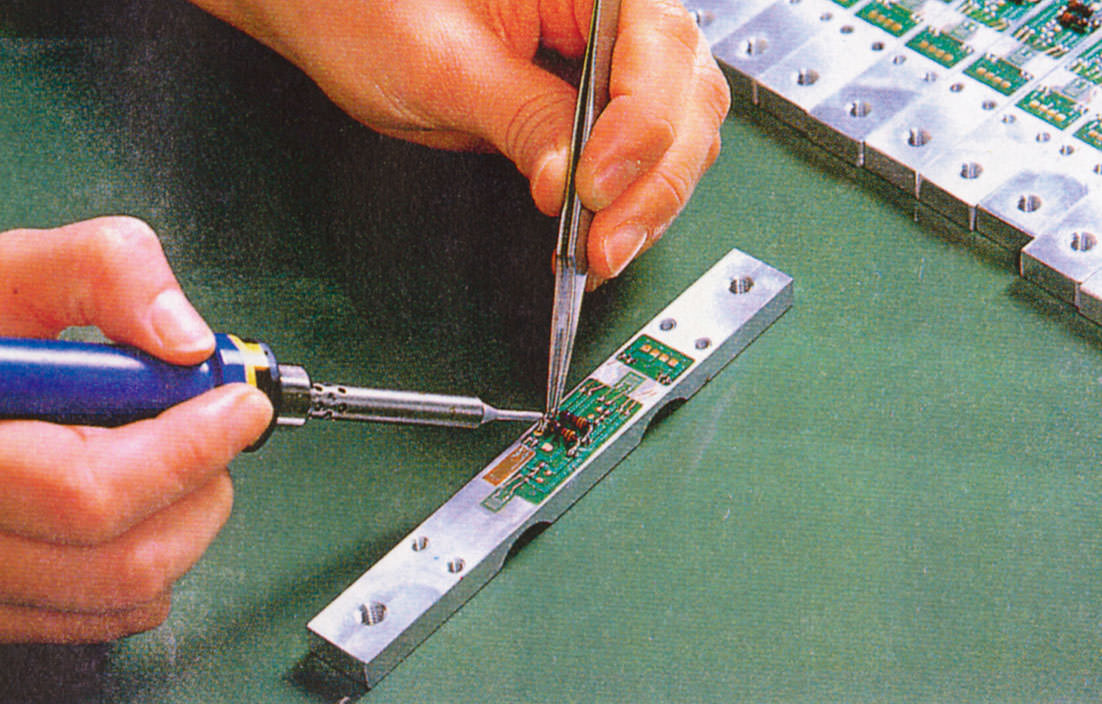
Industrial Scale, Powder Feeder, Multi-Functional Automatic Vending Machine
Digitization Accelerated the Expansion of Kubota’s Business Domain
While the massive and heavy industries gradually declined due to the oil crisis, Kubota sought to expand its business domain by applying its weighing, measuring, and control technologies it had developed through its weighing and measuring business.
1990s-
The Prolonged Recession. Industries Enter the IoT Era
In order to curb facility investment amid the prolonging recession, new construction and expansion of industrial facilities in the country had decreased, and renewing and improving existing facilities had become more common, as the industrial world largely transformed. Furthermore, IoT was introduced to the manufacturing industry in recent years, entering a time in which the role of weights and measures have become much more important.
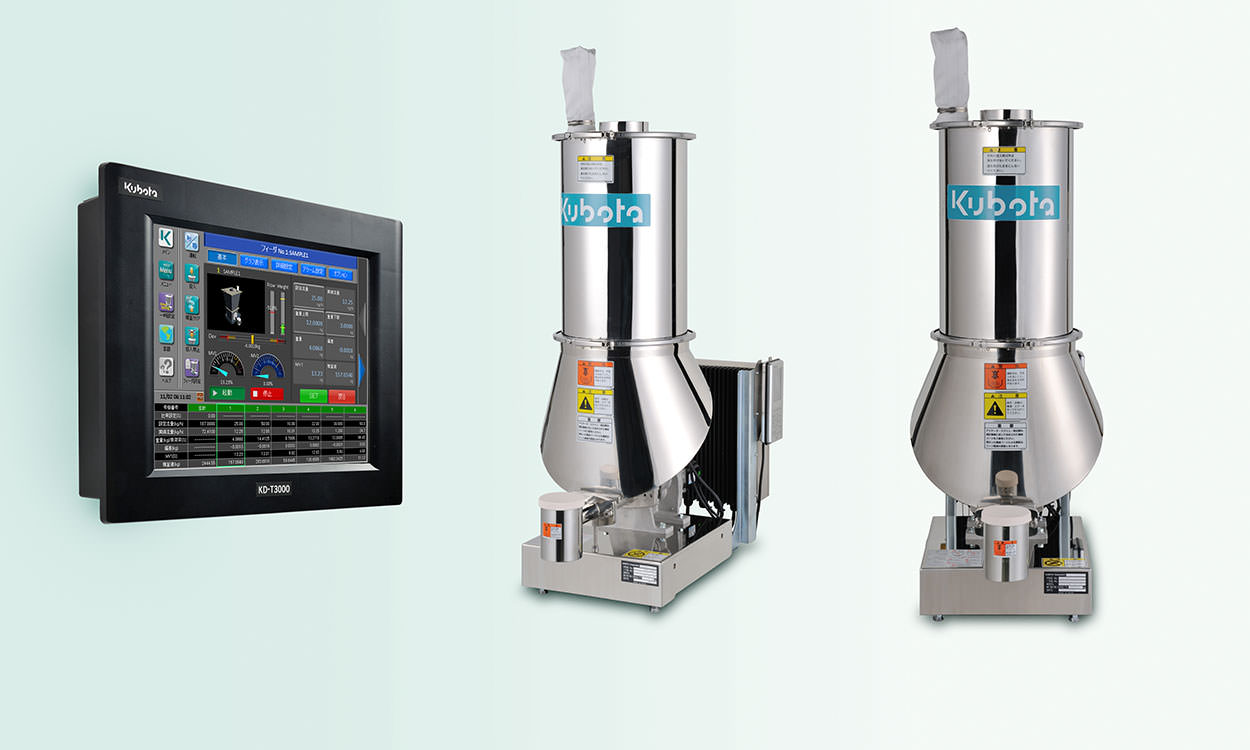
Digital Load Cell, Non-destructive Fruit Quality Meter, Plastic Screening System, Production Line Monitoring System
Taking on the “Sensitivity” of Next Generation Products
Kubota’s measuring technology made possible the measurement of not only mass but also colors and even tastes. This innovative technology became the eyes and ears of the next generation IoT products, making possible the measurement and processing of various information.

